
Water determines the Great Lakes Region’s economic future
Climate change, geopolitics and business opportunities power a blue economy
For a rockfish, getting snagged by a hook and reeled to the surface can be deadly — even if it’s released back into the sea.
As the fish rises and the pressure surrounding its body falls, it can suffer from barotrauma, where the gases in its swim bladder start to expand, as if air is being blown into a balloon. Its eyes may bulge and its esophagus can be pushed out of its mouth, like a swollen tongue. Inside, its organs may hemorrhage and tear.
“It’s pretty gruesome,” Dana Haggarty, the groundfish section head in the stock assessment and research division at Fisheries and Oceans Canada, told The Narwhal.
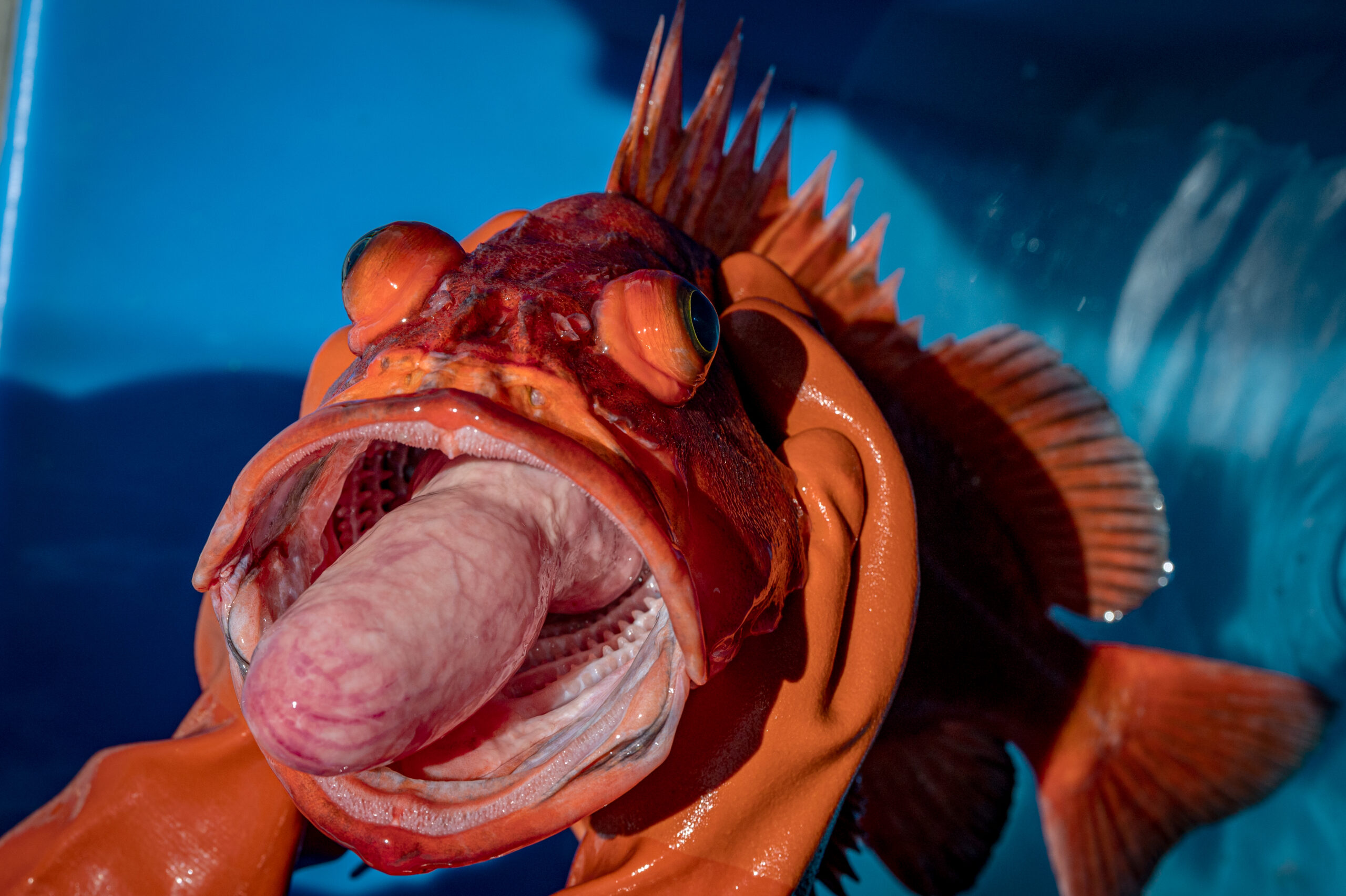
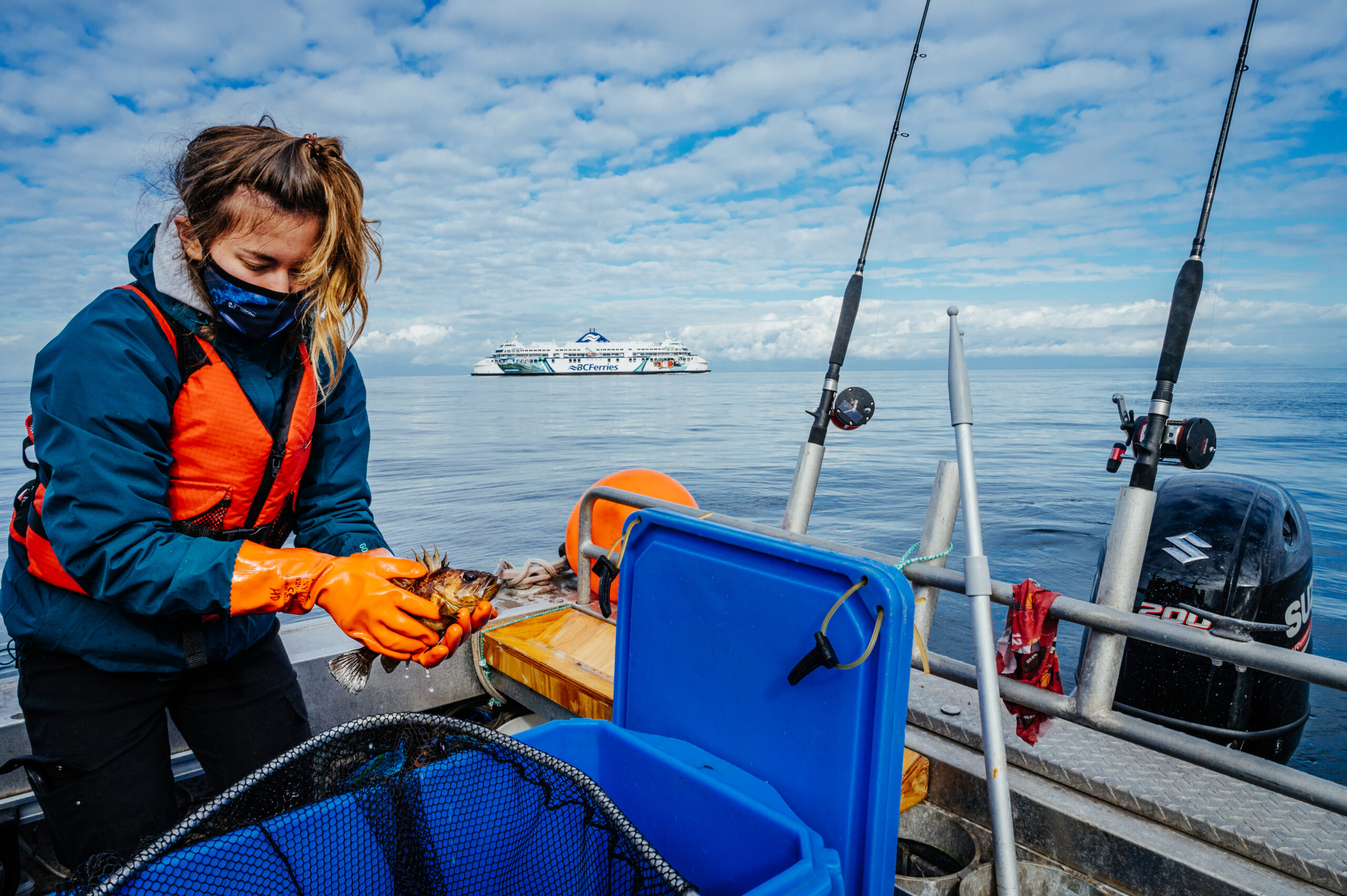
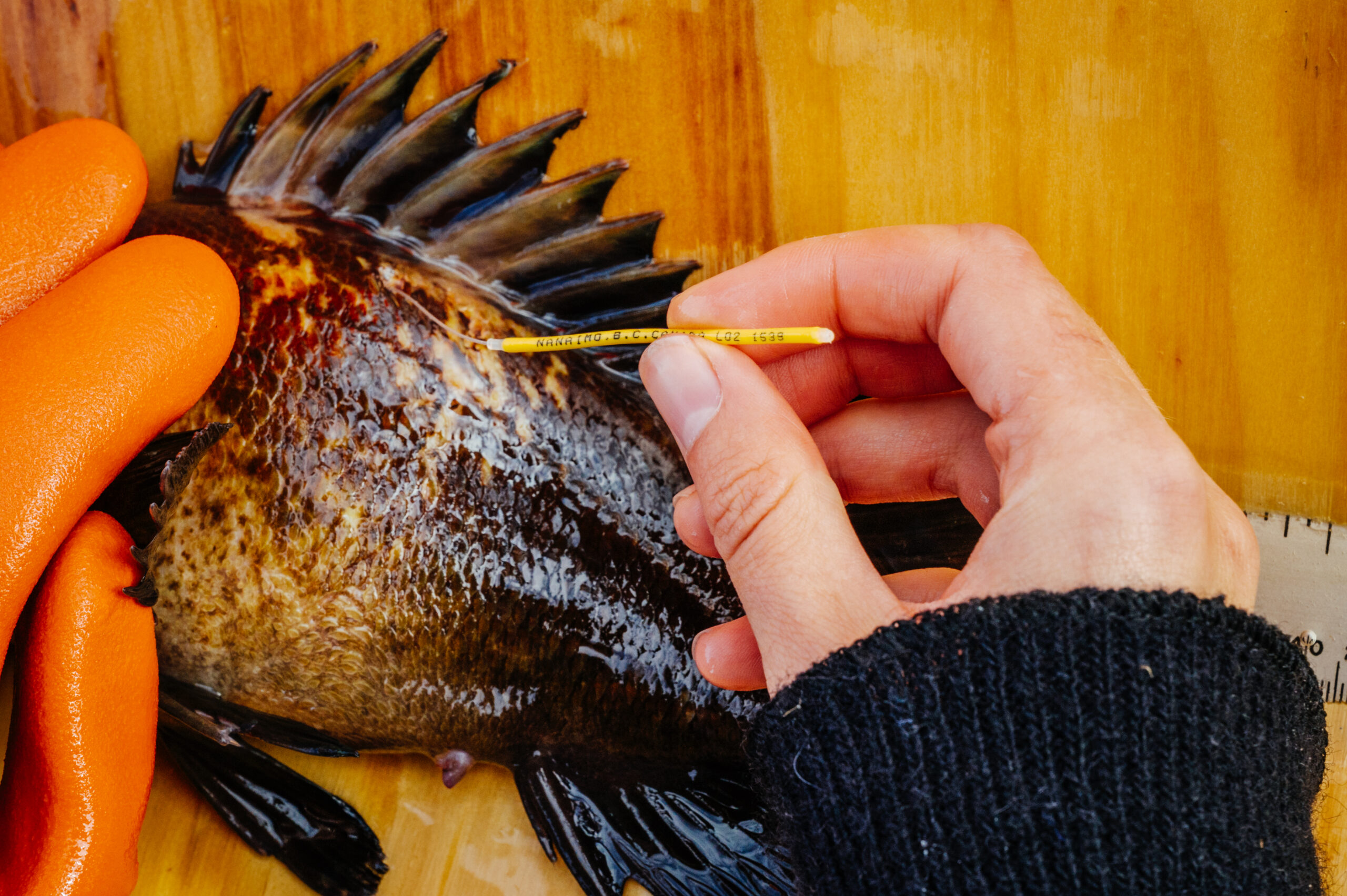
Dozens of species of rockfish can be found in the Pacific Ocean, off the coast of B.C. These sturdy looking bottom-dwellers can live for decades and tend to stick close to the rocky reefs they call home. But when they’re unexpectedly yanked to the surface the consequences can be dire.
The threat of barotrauma is one of the reasons Fisheries and Oceans Canada relies on a network of rockfish conservation areas, where fishing with a hook and line is banned to minimize rockfish catches, since even allowing catch-and-release would put the fish at risk, according to Haggarty.
After decades of overfishing that saw inshore rockfish populations decline dramatically, the federal department developed a conservation strategy in the early 2000s with the goal of turning things around. Alongside establishing more than 160 conservation areas, the department added cameras onboard commercial fishing vessels for increased monitoring and lowered catch limits for recreational and commercial fishers outside conservation areas. Just a few years ago, the agency also instituted new requirements for all fishing boats to carry descending devices to help counter the dramatic consequences of barotrauma when rockfish are unintentionally caught.
But some scientists worry a lack of compliance means these measures aren’t as effective as they could be, leaving vulnerable populations at risk of further declines.
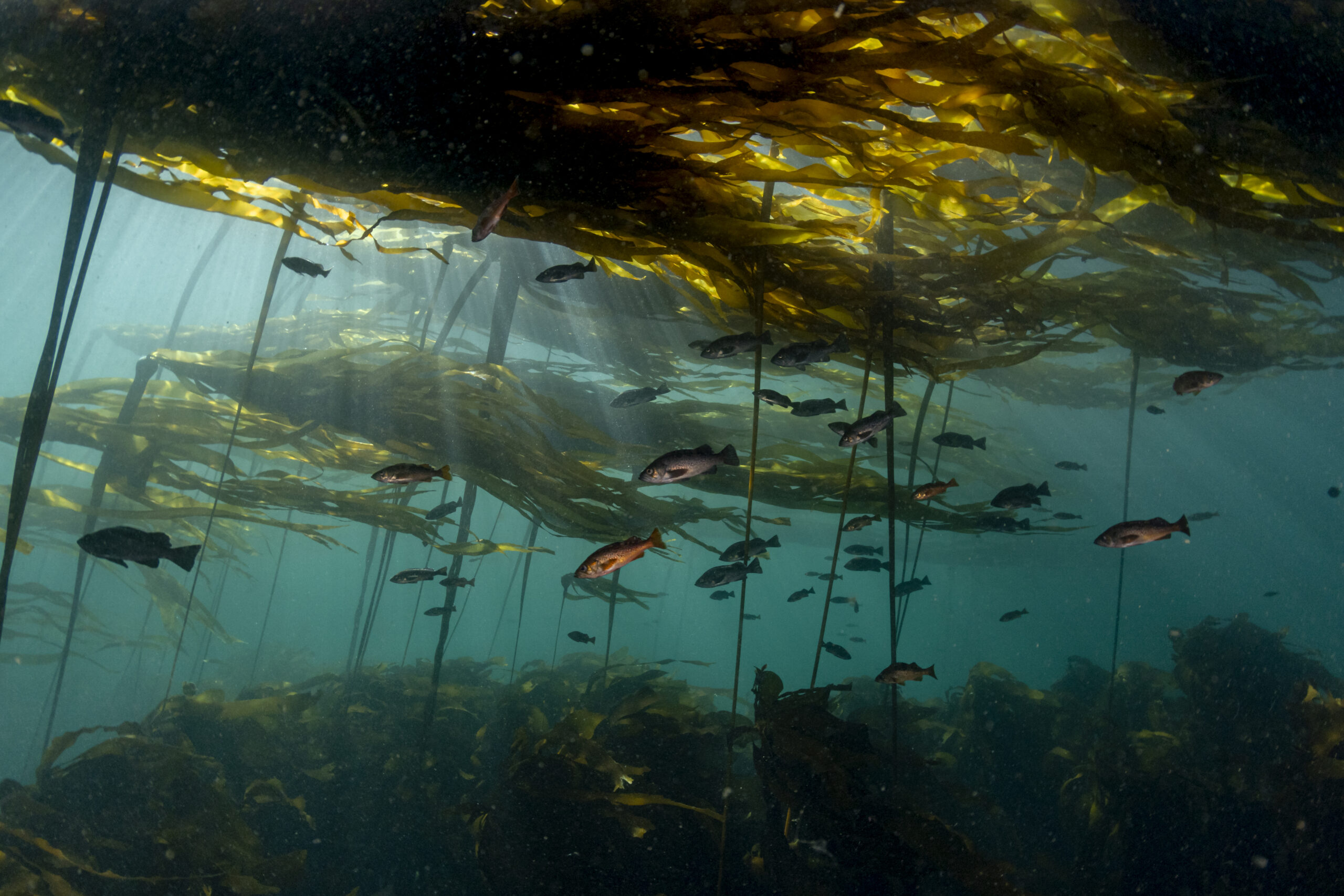
Commercial fishing targeting several species of rockfish expanded in the 1970s and continued to grow over the following decades.
Valentyn de Leeuw was among the first commercial fishers to focus on live rockfish, a species he fished for years in the waters between Vancouver Island and the mainland. Now retired, he’s more recently assisted researchers from the University of Victoria in studying methods to limit the impact of barotrauma on rockfish.
“Some of the species are incredibly delicious eating,” he said. “That’s what puts them in danger.”
“We were looking for the quillbacks and for the copper rockfish because they were the highest priced fish,” he added.
Over the years he witnessed “a huge, sharp decline in population levels.”
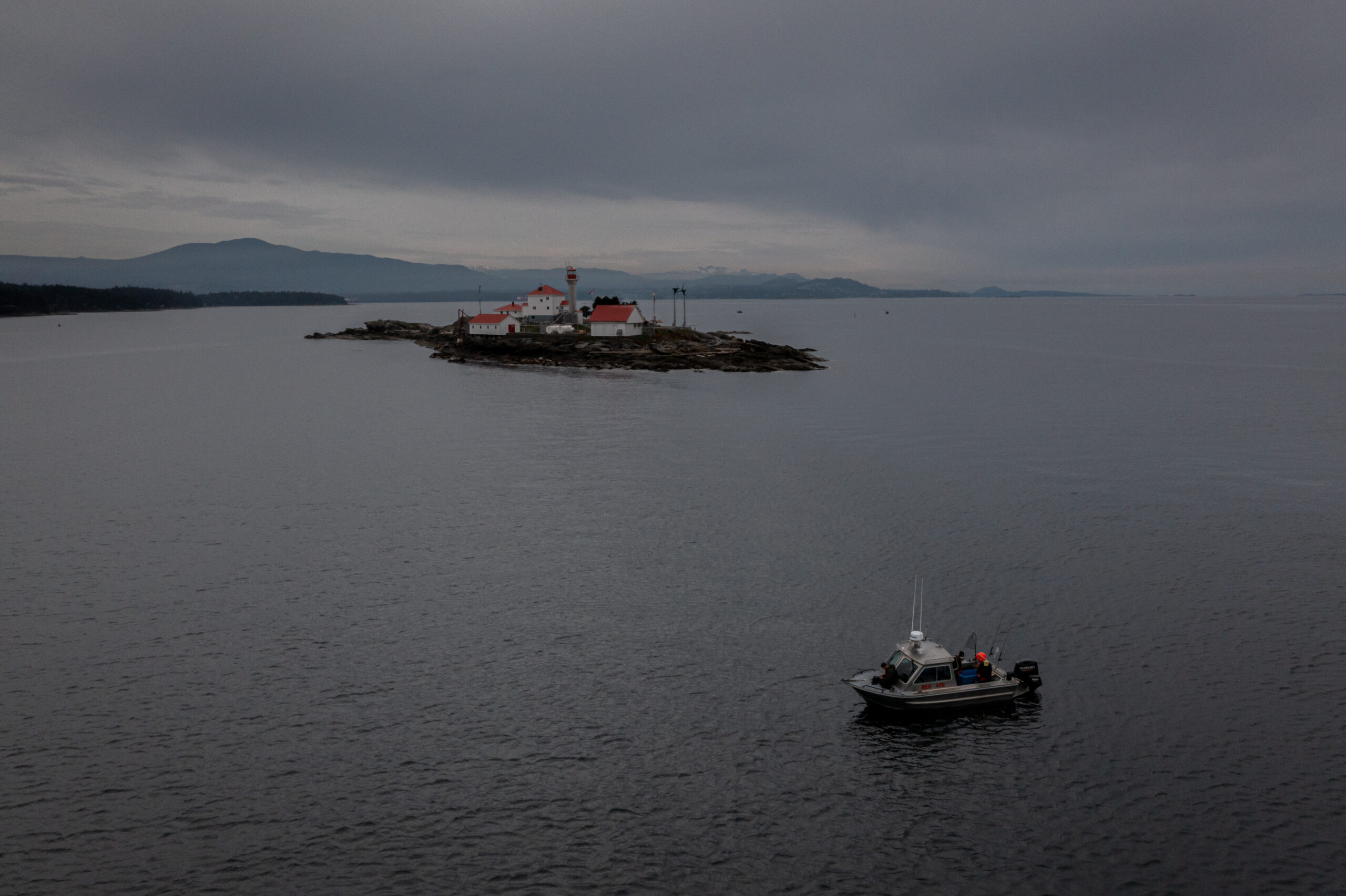
Rockfish can live for decades, with some species known to live for 150 years or more. They also take many years to reach reproductive age, characteristics that make them particularly vulnerable to overfishing.
“When we first kind of started it was a free-for-all fishery,” de Leeuw said.
“We could see the writing on the wall because these fish are between 40 and 75 years old, the quillbacks and the coppers, and some of the yelloweyes would be 125 years old,” de Leeuw said, referring to different species of rockfish. “So you weren’t really fishing them, you were mining them.”
“It was inevitable that it was going to be a collapse of some form if we didn’t do something quickly,” he said.
He and others pushed the federal fisheries department to regulate the industry and limit licences to fish for rockfish, he said. The idea was that a few boats would be able to make a living fishing rockfish while limiting the impact on the fish populations.
While the department did eventually bring in restrictions to limit the commercial fleet fishing for rockfish, “it was more boats than we actually wanted,” de Leeuw said. “But it was better than it was.”
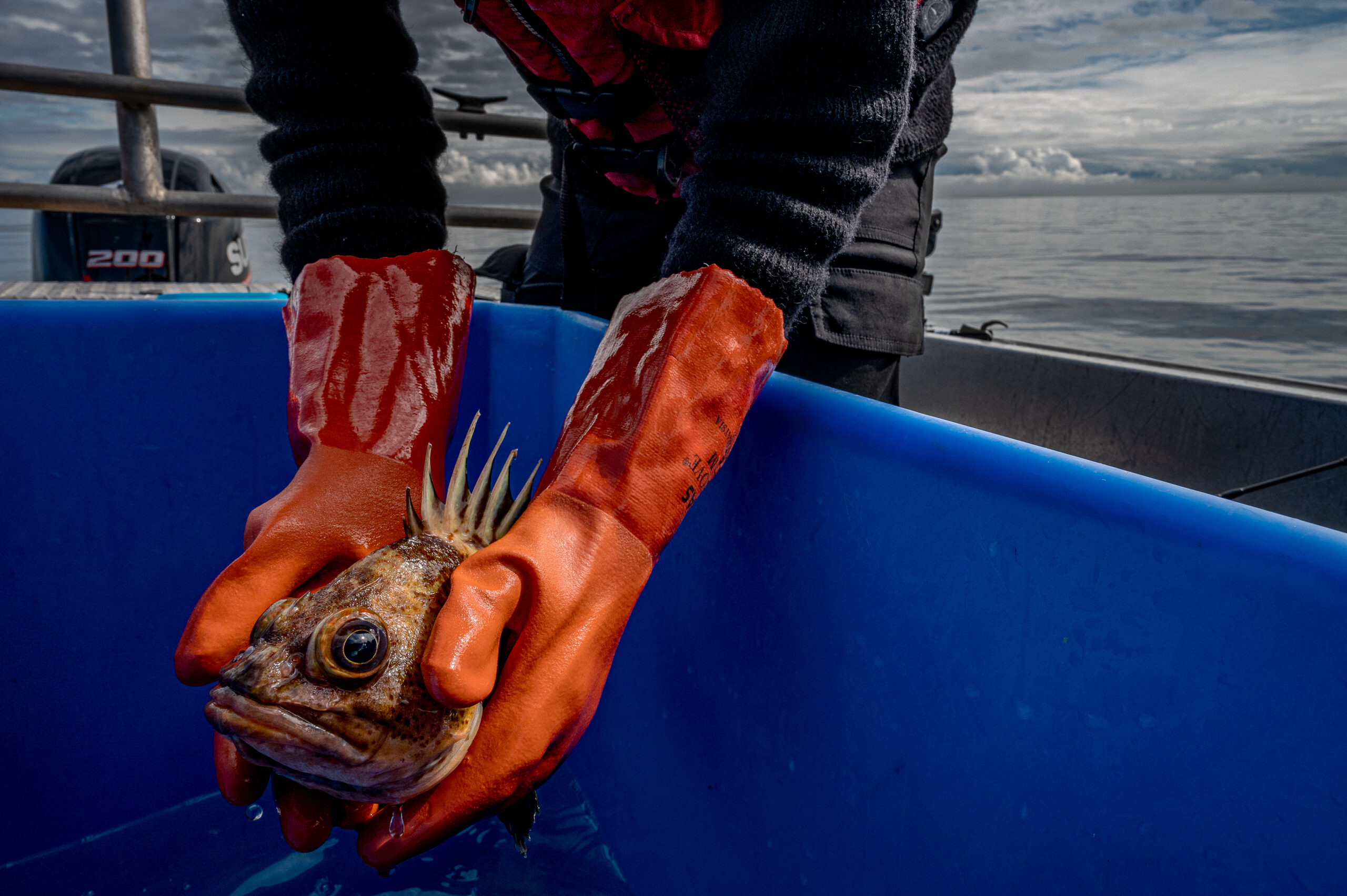
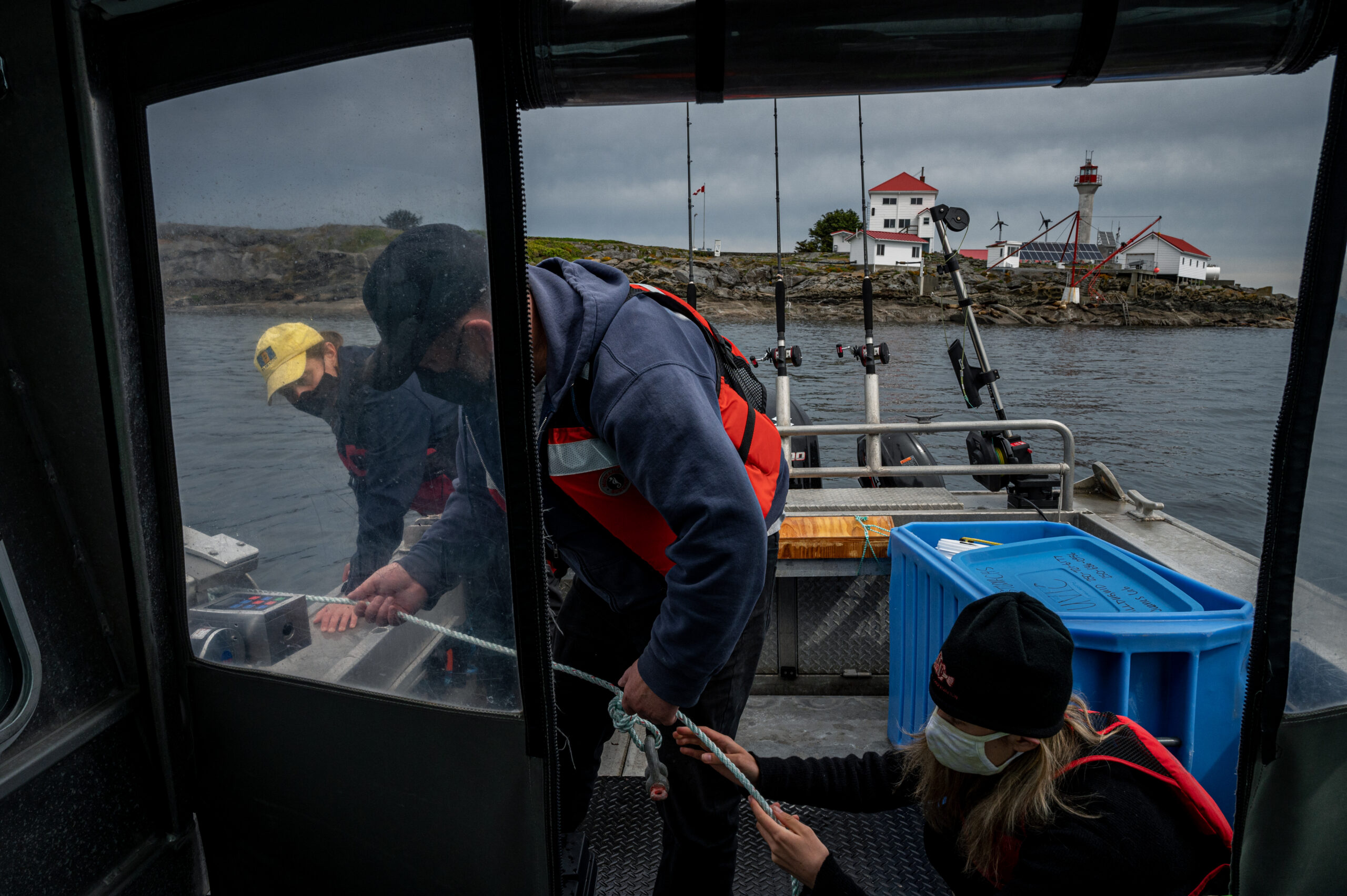
Today, several rockfish species, including the brown and yellow quillback with its extra spikey fin and the aptly named yelloweye rockfish, are considered threatened according to the Committee on the Status of Endangered Wildlife in Canada, which advises the federal government on which species to list under the Species At Risk Act.
Several conservation measures — including the rockfish conservation areas, catch limits and close monitoring of commercial fleets — are in place today to help rockfish recover.
“We’re moving in the right direction,” Haggarty said. But there remain concerns about a lack of compliance with conservation measures by some recreational fishers, insufficient monitoring of rockfish populations and questions about whether some conservation areas are effectively placed.
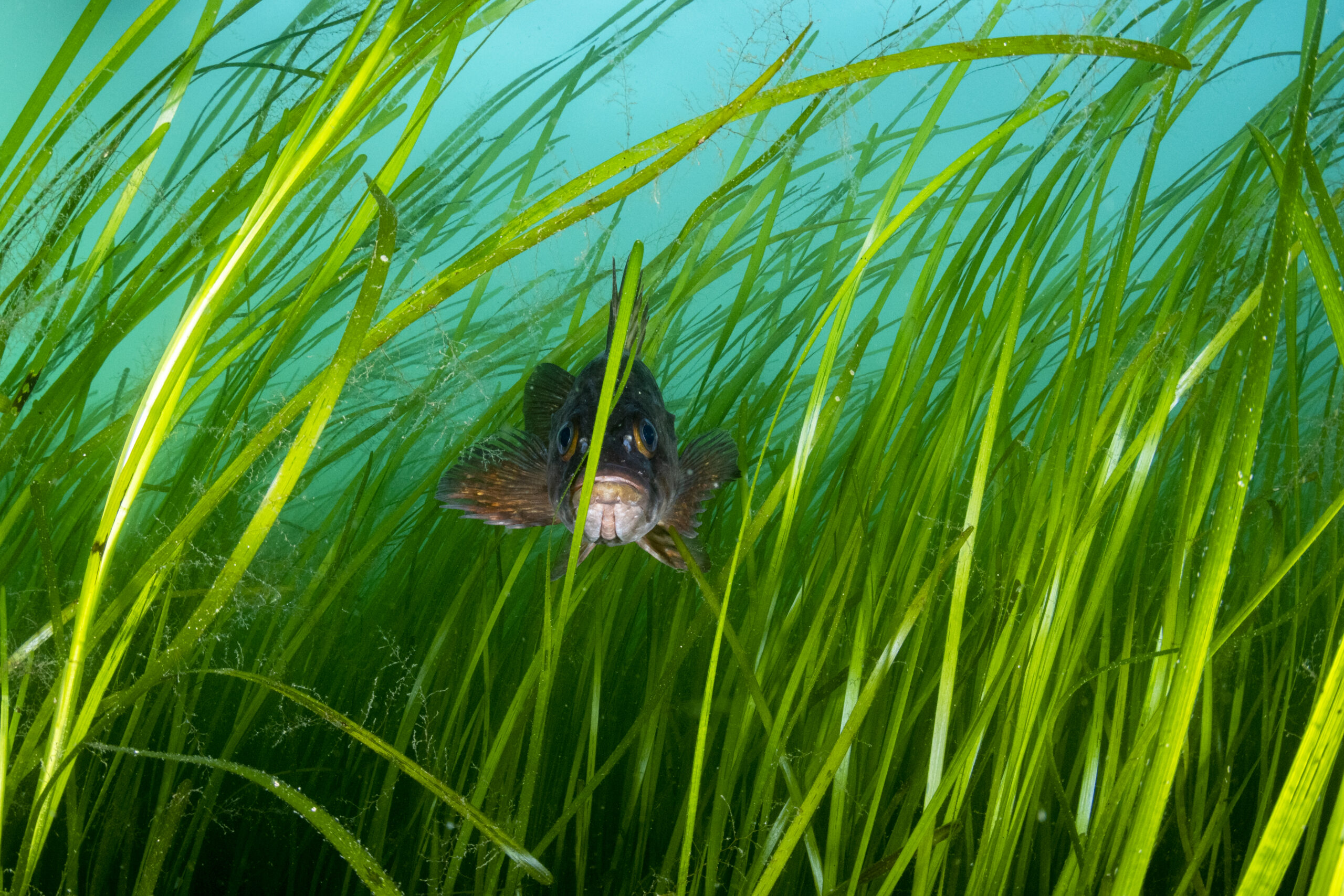
For years now the Galiano Conservancy Association and researchers at the University of Victoria have been monitoring compliance among recreational fishers. Anglers may be out salmon fishing but risk accidentally reeling in a rockfish if they stray into nearby conservation areas.
The team uses trail cameras set up on the shore to monitor the rockfish conservation areas for any boats fishing with a pole and line, Michelle Thompson, the conservation and climate co-ordinator with the conservancy association explained. The association also does public outreach at local markets and other events to raise awareness about rockfish conservation measures.
Natalie Ban, an environmental studies professor at the University of Victoria who is involved in the project, said “initially, it was a really promising and good news story where it seemed like compliance was improving.”
Each year, the cameras were picking up fewer incidents of suspected fishing in the conservation areas, she said.
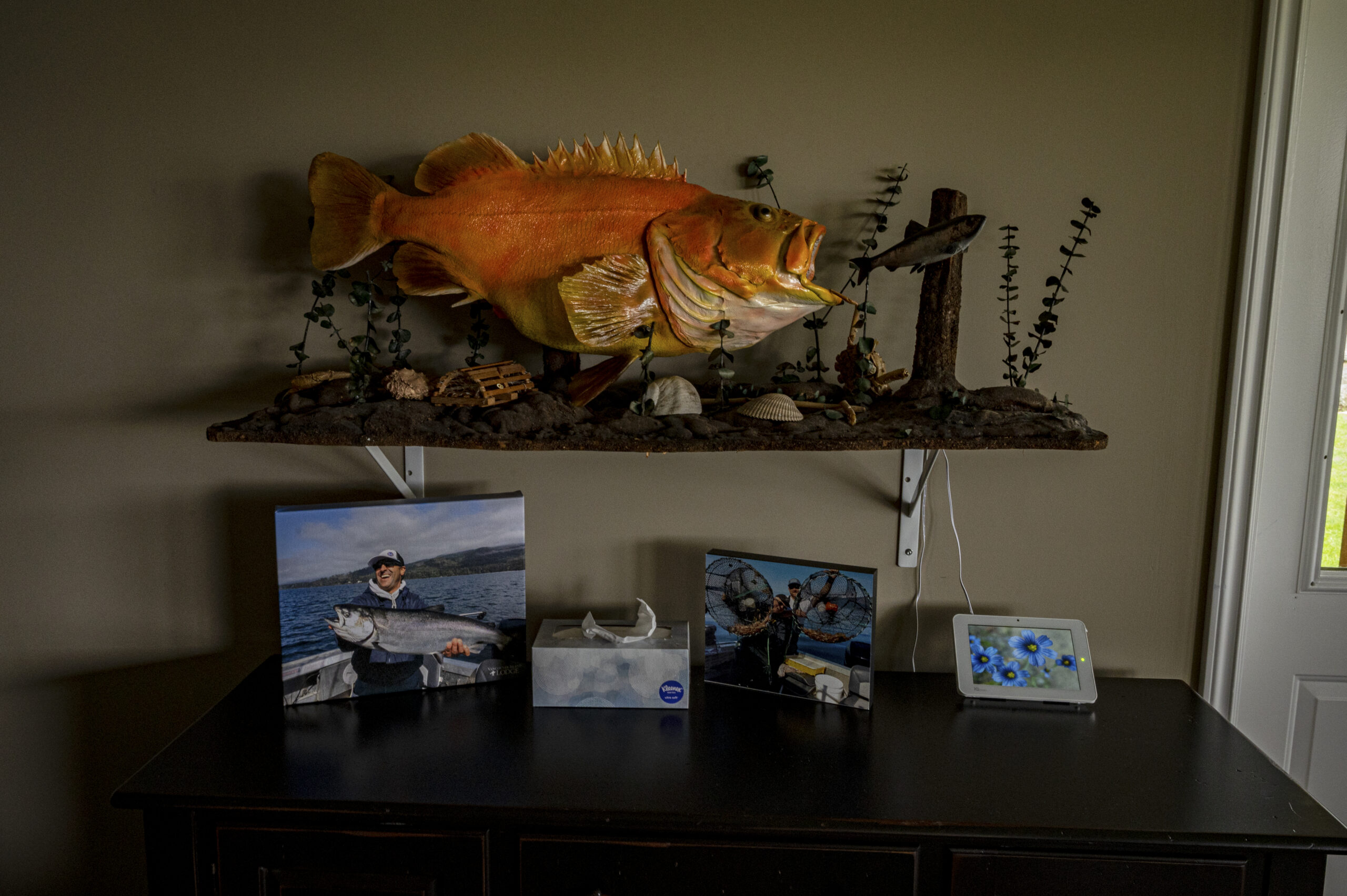
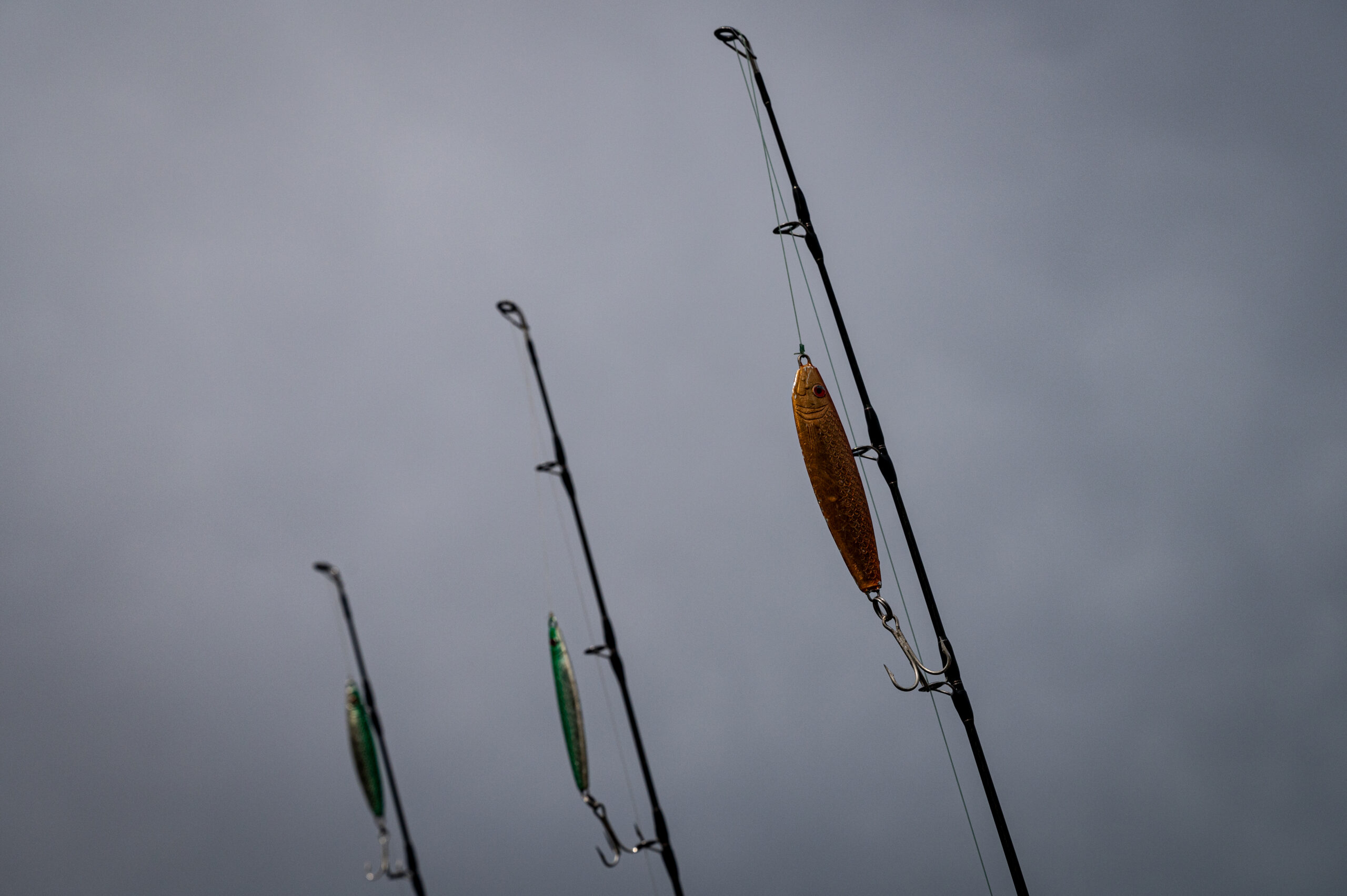
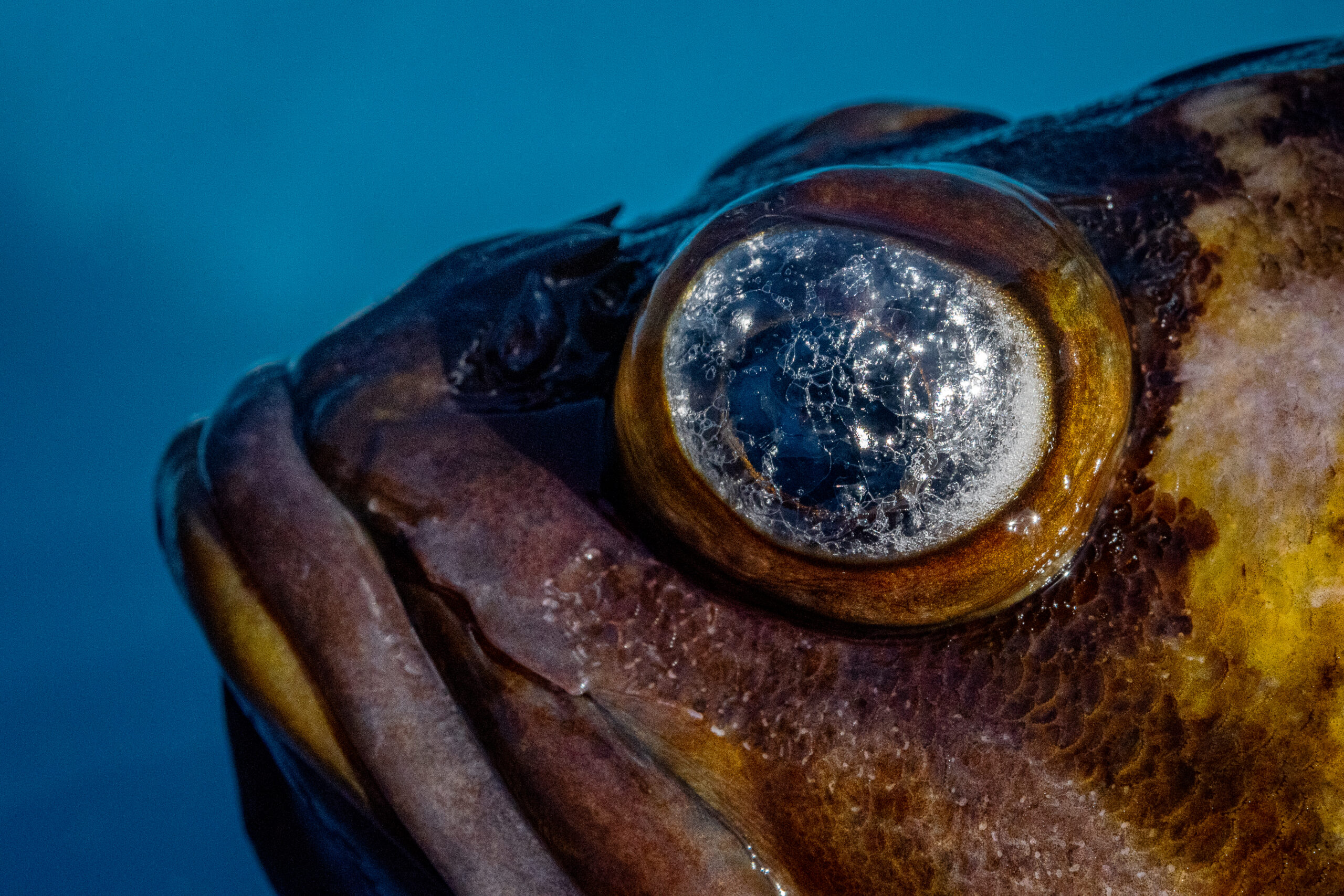
In 2015, the group suspected illegal fishing in the conservation areas an average of 15.6 days out of every 100 days of monitoring, according to the program’s 2022 monitoring report. By 2019, the rate of non-compliance dropped to 2.9 days out of 100.
But during the pandemic, that trend reversed. “Non-compliance went way back up to what it was like when we first started monitoring,” Ban said.
In 2020, as the COVID-19 pandemic thrust the world into lockdown, there was a dramatic rise in suspected illegal fishing, with an incident detected on average 27.2 days out of every 100 days of monitoring. That increased to 35.8 in 2021, the report found.
It’s not exactly clear what accounts for the increase, but Ban posited it could be that more people started fishing because it was considered a safer activity as COVID-19 spread. Or perhaps it was the decrease in public outreach activities during the early years of the pandemic.
“It seems to be starting to improve again,” Ban said. In 2022, the number of days where suspected illegal fishing activities were detected declined to 22.1 days for every 100 days of monitoring.
Haggarty said it can be difficult for recreational fishers to figure out where exactly the rockfish conservation areas are.
“There’s a lot of them,” she said, noting they are not physically marked on the water.
She recommends anglers download the MyCatch app by Angler’s Atlas, which now shows fishers where the conservation areas are and whether they’re in one.
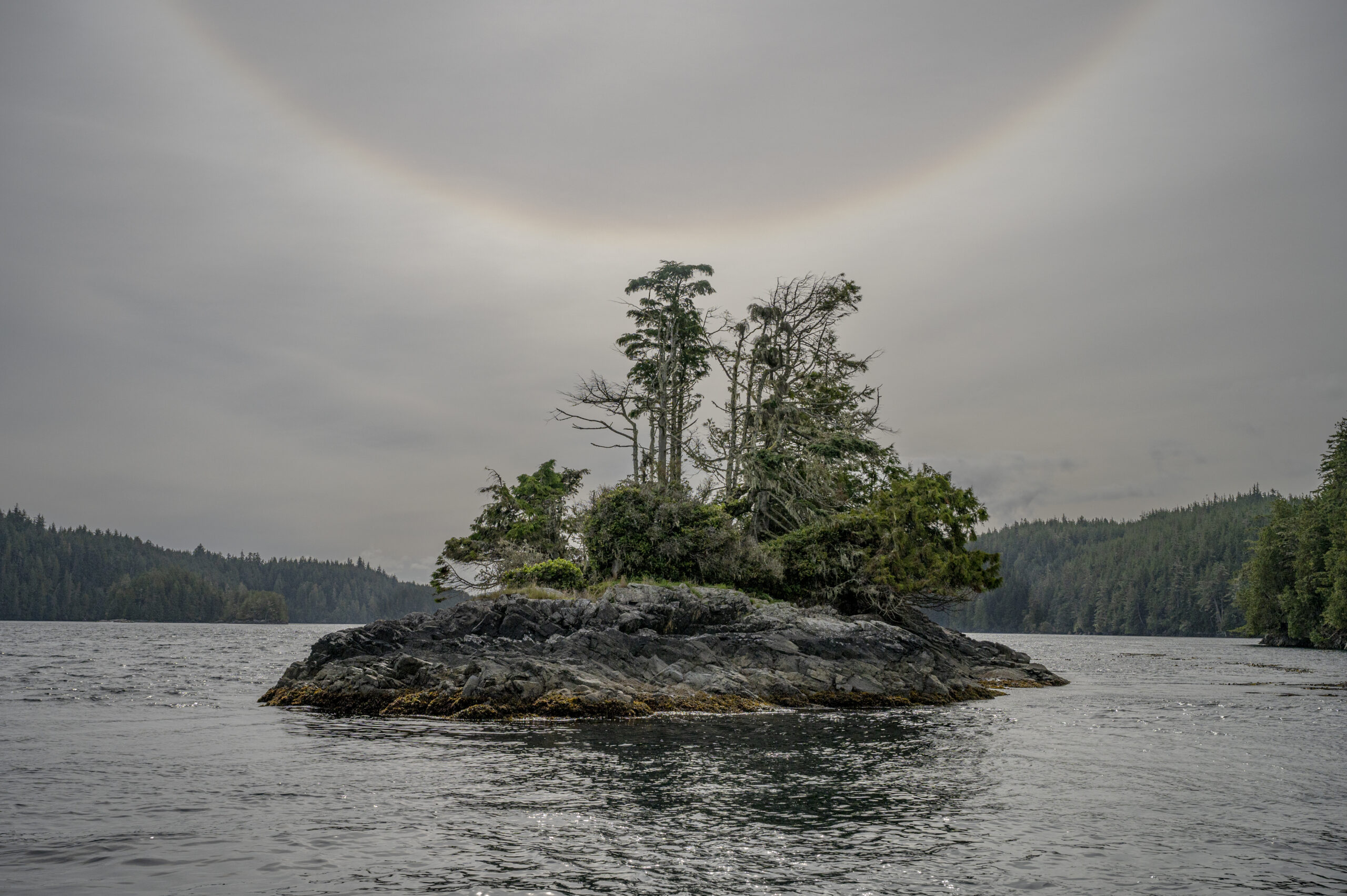
Recreational fishers are also required to carry descending devices on board and use them to return any rockfish they aren’t allowed to keep to the depth from which they were caught.
Releasing a ballooned rockfish suffering from barotrauma at the surface doesn’t offer the fish much chance of living.
While some fish, such as salmon, can quickly add or remove gas from their swim bladder to adjust their buoyancy, rockfish have what’s called a closed swim bladder, Haggarty explained.
“The only way [rockfish] can remove or add gas is through passive diffusion in their bloodstream,” she said. “So, it’s a very slow process.”
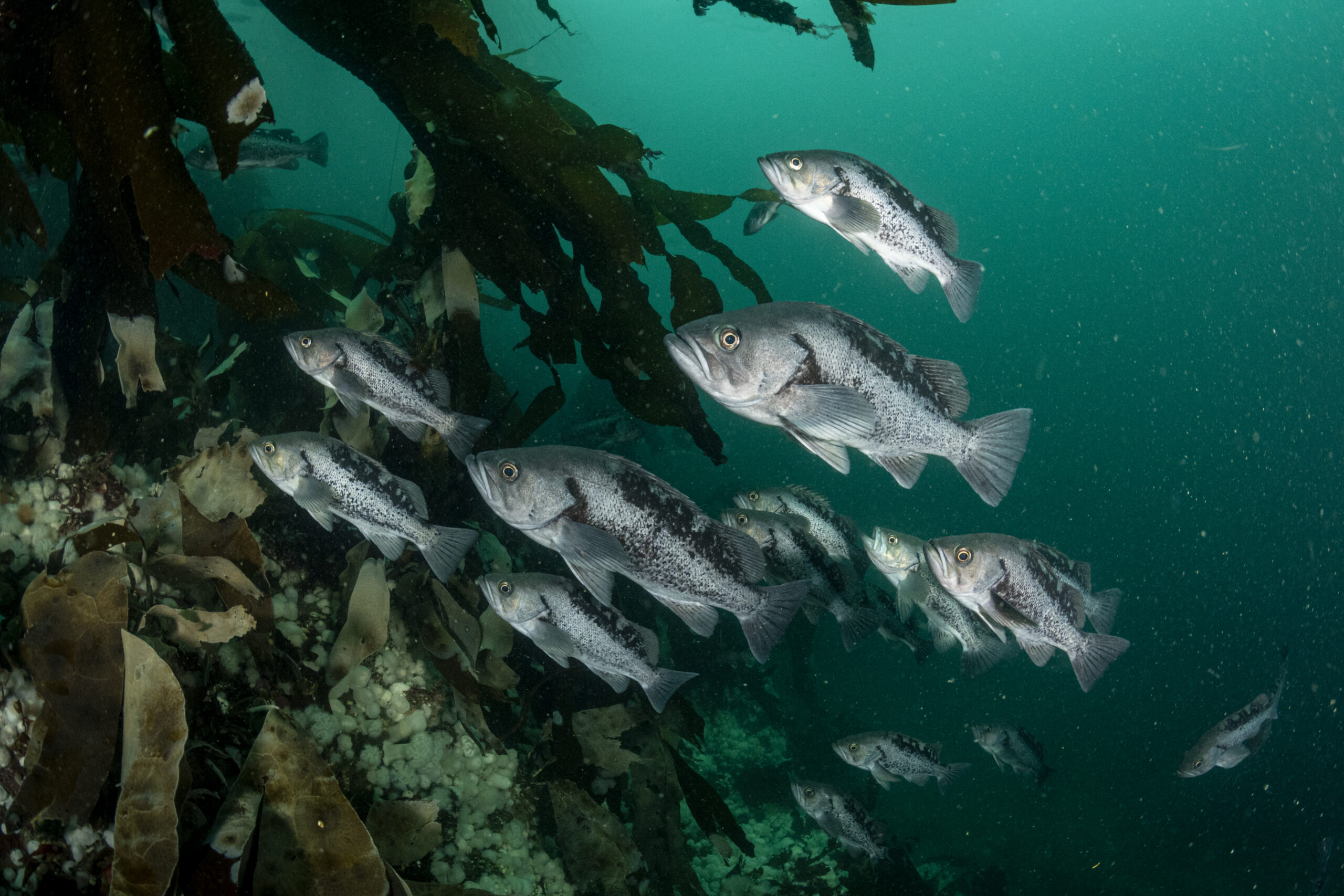
That’s not usually a problem for these sedentary homebodies, which prefer to stick close to the rocky reefs where they live — until someone drags them to the surface.
“Since their body is so full of excess gas oftentimes they just remain floating at the surface and it’s impossible for them to recompress and swim back down without help,” Hailey Davies, a doctoral student at the University of Victoria who conducted field studies to understand the effectiveness of descending devices, told The Narwhal.
A floating fish is also easy prey for predators. Descending devices attach to the rockfish with a clamp or barbless hook or cover it with a milk crate and carry the fish back into the sea on a weighted line, releasing it at depth.
“They’ve been shown to increase survival rates of released rockfish, which is really cool,” Davies said.
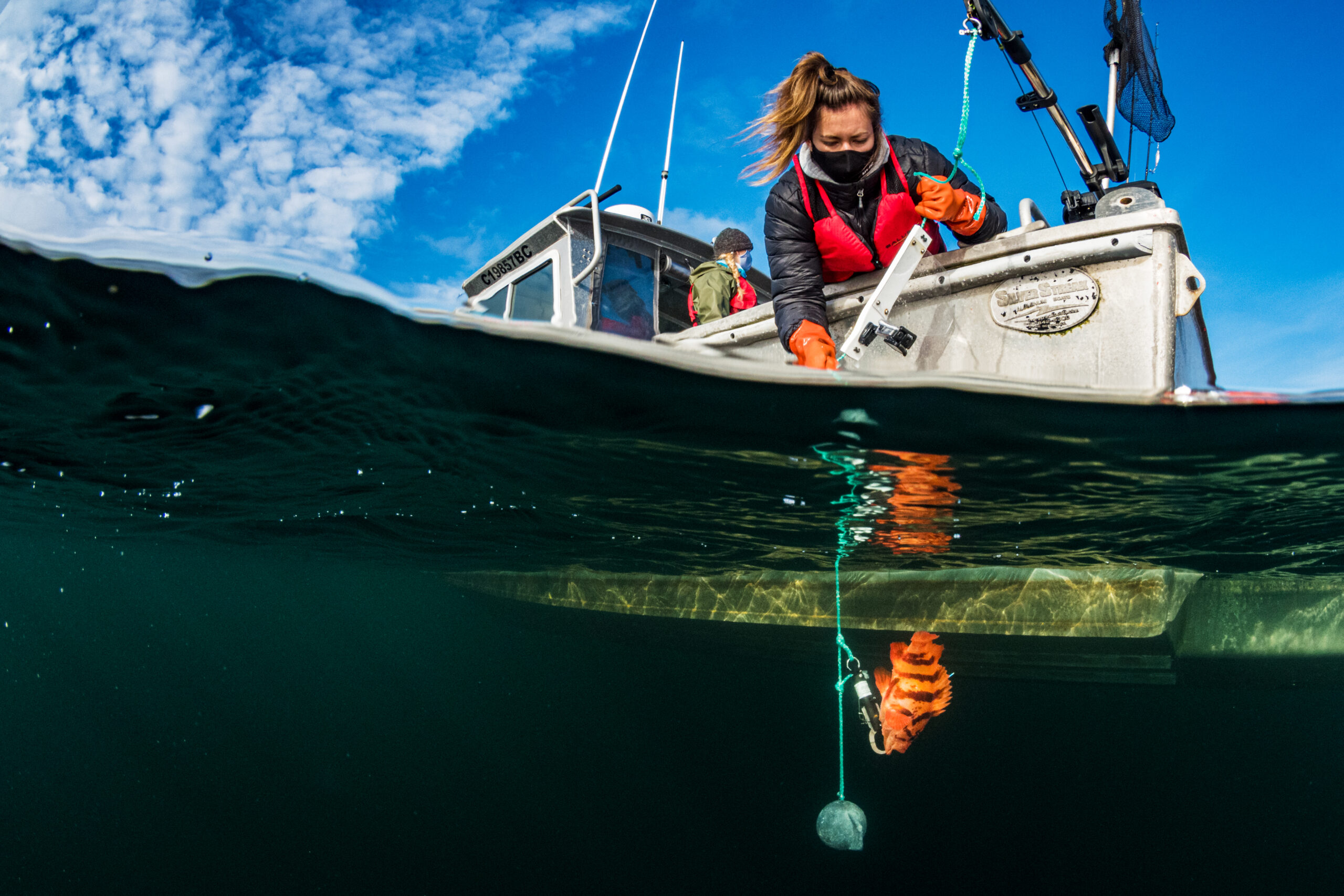
While Haggarty said people are starting to learn they are required to have a descending device on board, she thinks “the uptake has been a bit slow.”
More outreach with the sportfishing community is needed to ensure anglers are aware of the conservation measures in place, Haggarty said.
At the same time, Fisheries and Oceans Canada is starting to re-examine the boundaries of rockfish conservation areas to make sure they’re in the right places.
The department is also working on a rockfish conservation area monitoring plan, Haggarty added. “We’re proposing to set up regular surveys using remotely operated vehicles.”
It’s been a challenge so far to determine how effective existing conservation measures are without a fulsome monitoring program in place.
“I really do hope that the proper resources are put forward, finally, to be able to monitor this,” Haggarty said.
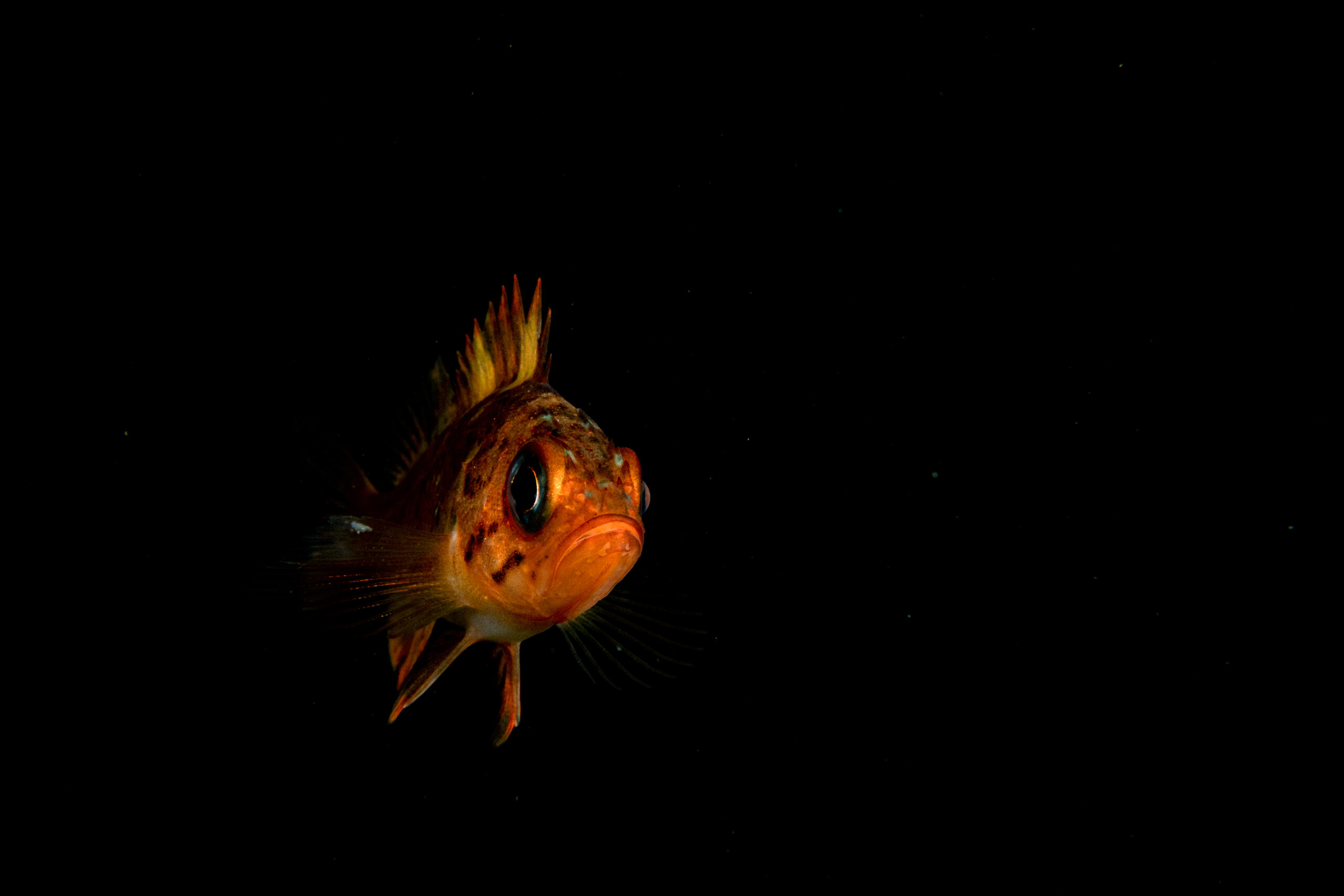
Updated on Aug. 15, 2023, at 1:25 p.m. PT: This story has been updated to correct capitalization in Valentyn de Leeuw’s name.
